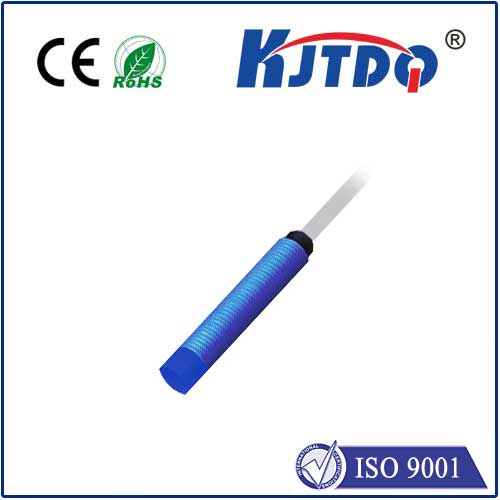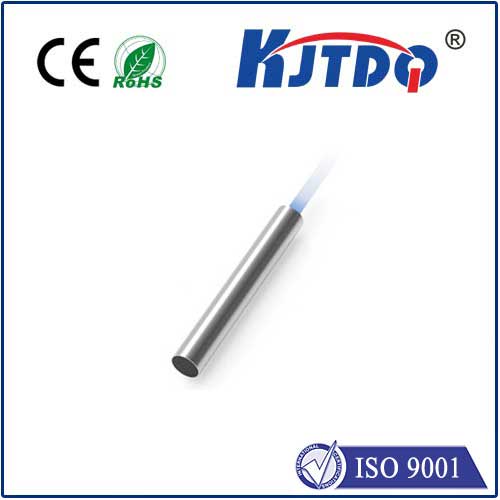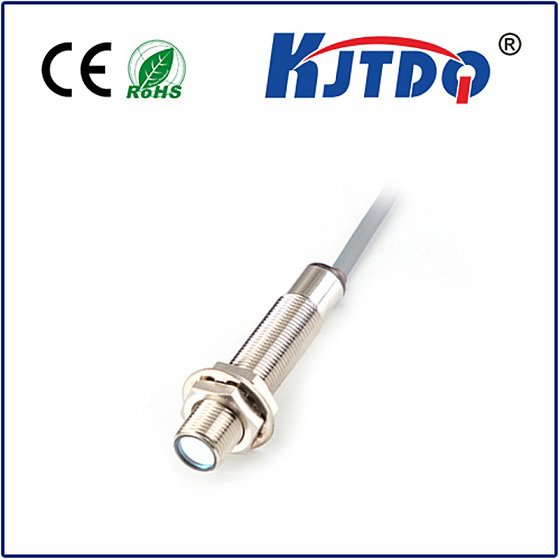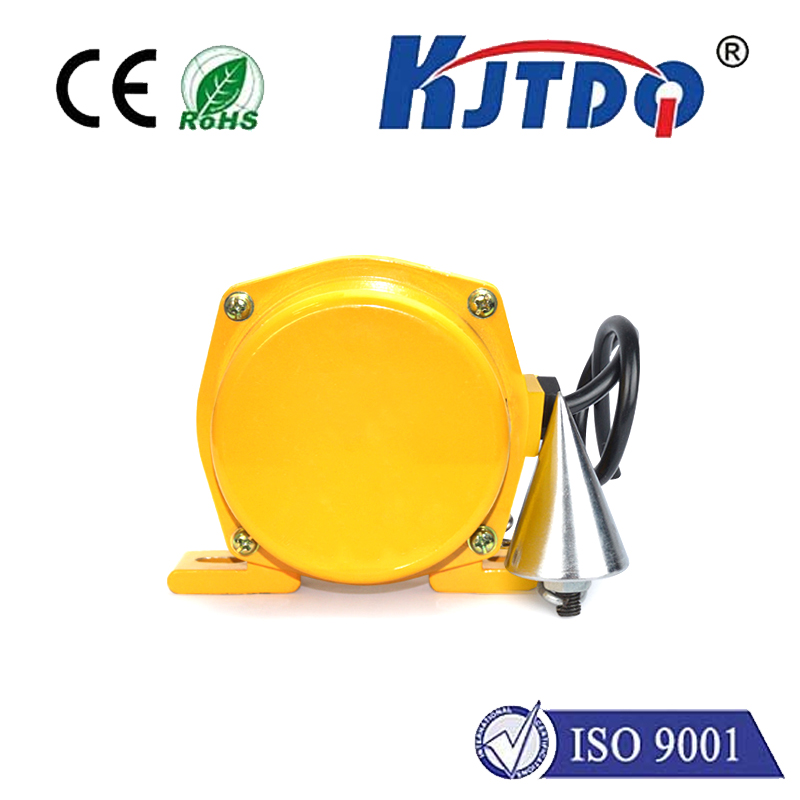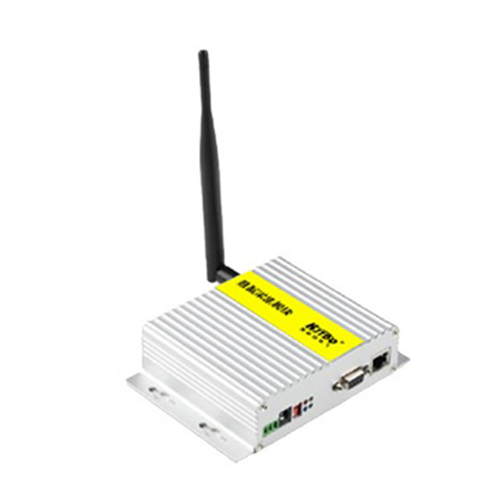proximity sensors g18
- time:2025-09-07 01:34:03
- Click:0
Proximity Sensors G18: Precision Detection Powerhouses for Industrial Automation
Imagine a factory humming with activity. Robotic arms weld with pinpoint accuracy, conveyor belts carry products at blinding speeds, and packaging lines operate flawlessly. Beneath this orchestrated efficiency lies a network of silent sentinels – proximity sensors. Among them, the Proximity Sensors G18 stand out as remarkably reliable workhorses, providing the critical feedback needed for seamless, safe, and precise operations. If your industrial environment demands robust, non-contact detection, understanding the capabilities of the ubiquitous G18 series is essential.
What Makes Proximity Sensors, Like the G18 Series, Indispensable?
Traditional mechanical switches wear out, get dirty, and require physical contact, creating friction and potential failure points. Proximity sensors, in contrast, detect the presence or absence of an object without touching it. They achieve this through electromagnetic fields (inductive sensors), capacitive fields, ultrasonic waves, or photoelectric beams. The G18 designation, widely recognized across manufacturers (though specifics vary slightly), typically refers to an inductive proximity sensor housed in a robust cylindrical body with an 18mm diameter thread (e.g., M18 x 1). This standardized size makes them incredibly versatile and easy to integrate into countless machine designs.
Unpacking the Core Strengths of the G18 Proximity Sensor

Why has the G18 format become such an industry staple? Its enduring popularity stems from a powerful combination of features designed for the harsh realities of industrial settings:
- Non-Contact Operation: The defining characteristic. An inductive G18 sensor generates an oscillating electromagnetic field. When a metallic target enters this field, eddy currents are induced in the target, causing a measurable change in the sensor’s oscillation. This change is detected and converted into a clean electrical output signal. Zero physical wear on the sensor or target translates to vastly extended lifespan and reduced maintenance costs.
- Robust Build and Protection: Encased in durable materials like nickel-plated brass or stainless steel, the G18 body is built to last. Standard IP67 or IP68 ratings (sometimes IP69K) signify exceptional resistance to dust, oils, coolants, and high-pressure water jets. This resilience is crucial for dirty, wet, or demanding environments like machine tools, food processing, or outdoor equipment.
- High Switching Frequency and Speed: Capable of detecting targets moving at high speeds, many G18 sensors boast switching frequencies exceeding 1 kHz. This rapid response ensures accurate detection even on fast-moving production lines or automated assembly processes.
- Reliable Performance: Engineered for industrial environments, these sensors offer stable operation unaffected by vibrations (within specified limits), minor misalignments, or surface contaminants (oil, water, dust – as long as they don’t bridge the sensing face). Immunity to ambient light is another key advantage over photoelectric sensors.
- Standardized Installation: The M18 threaded barrel allows for simple mounting using standard nuts. Flush or non-flush mounting options provide flexibility for different application requirements and target shapes.
- Output Configuration Flexibility: G18 sensors are commonly available with DC 3-wire configurations, offering both NPN (sinking) and PNP (sourcing) transistor outputs, as well as Normally Open (NO) or Normally Closed (NC) logic. Some variants even include analog outputs or IO-Link capability for advanced diagnostics and parameterization.
- Integrated Protection: Features like short-circuit protection, reverse polarity protection, and overload protection safeguard the sensor and connected circuitry from common wiring errors and electrical faults.
Key Specifications to Consider When Selecting a G18 Sensor
While “G18” defines the form factor, performance varies. Careful selection ensures optimal operation:
- Sensing Range: Typically ranges from 2mm to 8mm for standard inductive G18 sensors. Choose based on your required detection distance and target size/material. Longer ranges might be available but often require larger targets.
- Output Type: NPN vs. PNP – This must match your control system’s input requirements (PLC, relay module, etc.).
- Voltage Rating: Common DC options include 10-30V DC or 20-250V AC/DC. Verify compatibility with your power supply.
- Current Rating: Ensure the sensor’s load capacity (e.g., ≤ 200mA) meets the demands of the connected device (PLC input, relay coil).
- Hysteresis: The difference between the switch-on and switch-off points, preventing chatter when a target is near the threshold. Adequate hysteresis is vital for stable operation.
- Target Material: Inductive sensors primarily detect ferrous metals (iron, steel) best. They can detect non-ferrous metals (aluminum, brass, copper) but typically with a reduced sensing range (approx. 30-50% less). Capacitive G18 sensors exist for non-metallic targets.
- Connection Type: Options include pre-wired cables (e.g., 2m PVC or PUR) or quick-disconnect connectors (e.g., M12).
Where G18 Proximity Sensors Shine: Diverse Applications
The combination of robustness, reliability, and standardized design makes G18 proximity sensors ubiquitous across manufacturing and beyond:
- Position Verification: Confirming parts are present, correctly oriented, or in the correct location on a fixture, conveyor, or assembly line.
- End-of-Travel Detection: Limiting the movement of cylinders, slides, or robotic arms with high precision.
- Object Counting: Tallying products, bottles, or packages passing a point on a conveyor.
- Speed Monitoring: Detecting rotating shafts, gears, or sprockets to monitor RPM or detect stalling.
- Machine Safety: Used as part of safety interlocks on guards or movable machinery parts (though specific safety-rated sensors are required for SIL/PL applications).
- Liquid Level Sensing: Using capacitive G18 variants to detect liquid levels inside tanks through non-metallic walls.
- Material Handling: Controlling gates, diverters, and sorting mechanisms.
Choosing and Installing Your G18 Sensor Effectively
Maximizing G18 sensor performance hinges on proper selection and installation:
- Define the Requirement: Clearly identify what you need to detect (material, size), the required sensing distance, the operating environment (temperature, contaminants), and the electrical interface (voltage, output type).
- Select the Correct Variant: Based on your requirements, choose the appropriate sensing range, output type (NPN/PNP, NO/NC), voltage rating, and connection method. Consider specialized types (capacitive, high-temperature) if needed.
- Mount Securely: Ensure the sensor is tightly fastened using the mounting nut. Avoid excessive vibration at the mounting point if possible.
- Position Correctly: For inductive sensors, ensure the target approaches within the specified sensing range. Respect flush vs. non-flush mounting guidelines.
- Mind the Environment: While robust, avoid excessive buildup of metallic chips directly on the sensing face. Ensure wiring is protected from abrasion, heat, and chemicals.
- Wiring Carefully: Adhere strictly to the manufacturer’s wiring diagram. Ensure correct polarity for DC sensors. Use shielded cable in electrically noisy environments and ground the shield appropriately.
Proximity sensors, particularly the versatile and resilient G18 series, are fundamental components driving modern automation. Their ability to provide reliable, non-contact detection in challenging environments






